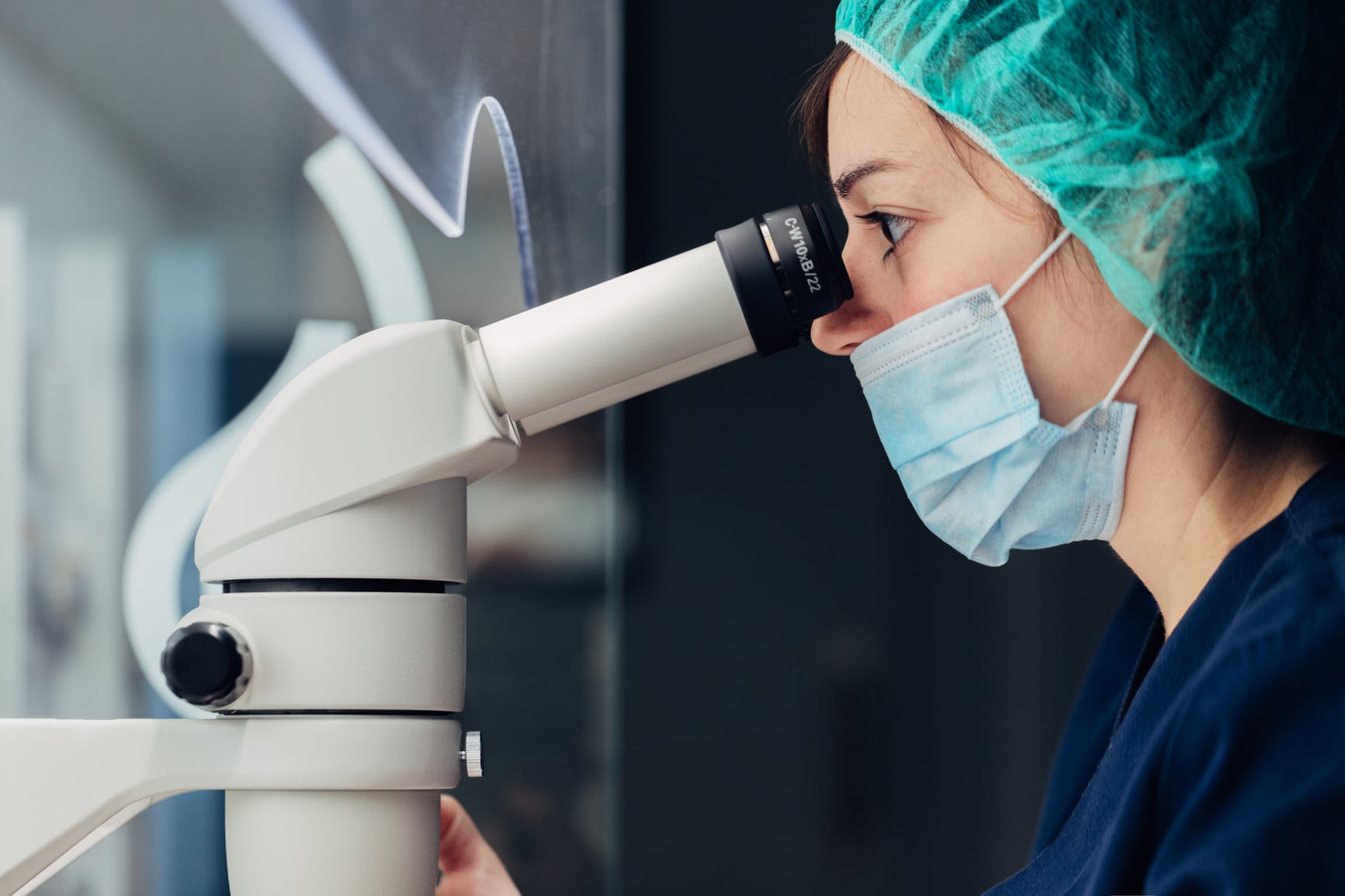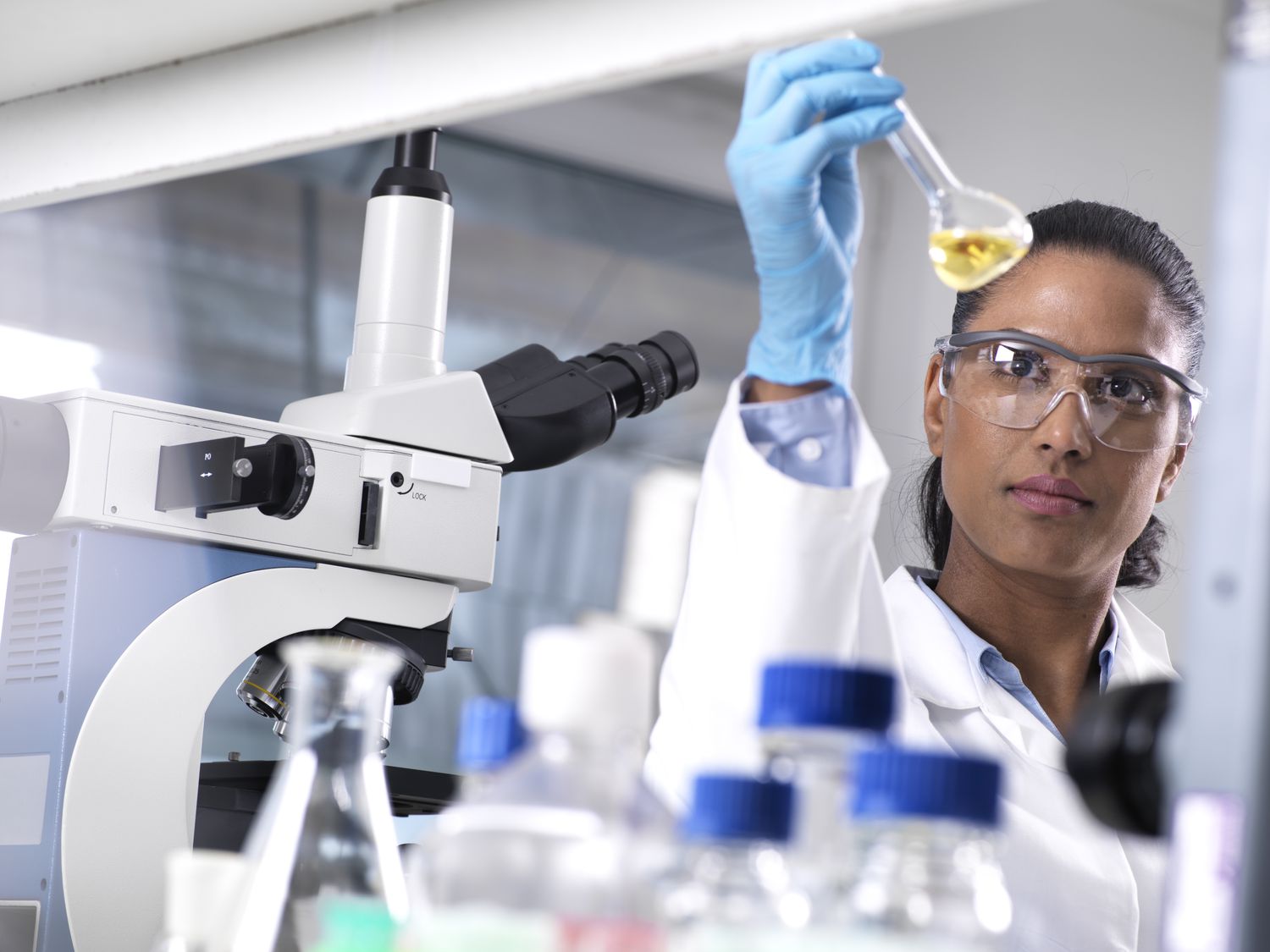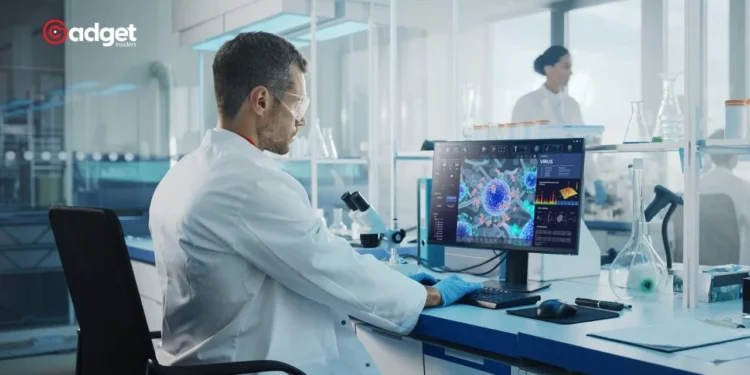The healthcare and biotechnology sectors have not been immune to the financial repercussions that followed the COVID-19 pandemic. Over the past few years, a noticeable uptick in Chapter 11 bankruptcy filings has been recorded, signaling distress within these vital industries.

The Rising Tide of Bankruptcies in the Healthcare Sector
Since the pandemic’s onset, the healthcare sector has seen a consistent increase in bankruptcy filings, growing from 25 cases in 2021 to a staggering 79 in 2023. This trend has continued into 2024, with several prominent biotech companies now seeking refuge under Chapter 11 bankruptcy protections.
Among the notable filings this year, Acorda Therapeutics, a biopharmaceutical company based in Pearl River, New York, declared bankruptcy on April 1. Specializing in therapies for Parkinson’s disease and multiple sclerosis, Acorda’s filing underscores the broader financial struggles within the sector.
Other significant cases include Invitae Corp., which reported liabilities surpassing its assets, and Cano Health, both of which filed early in the year, further emphasizing the industry’s precarious financial health.

The Case of Gamida Cell Inc.: A Deep Dive
A particularly poignant example of these struggles is Gamida Cell Inc., a developer of stem cell treatments for blood cancers, including leukemia and lymphoma. The company filed for a prepackaged Chapter 11 bankruptcy on May 13 in the U.S. Bankruptcy Court for the District of Delaware.
This strategic move was part of a broader restructuring effort led by its parent company, Gamida Cell Ltd., which aimed to convert significant debt into equity, a testament to their dire financial straits. According to court filings, Gamida listed assets between $1 million and $10 million against debts ranging from $50 million to $100 million.
The restructuring included a swap of $75 million in convertible senior notes and $25 million in secured notes for equity under the management of Highbridge Capital Management. This decision came after failed attempts at raising sufficient capital through fundraising and strategic efforts, which included potential asset sales and mergers.
The financial distress led to a restructuring support agreement finalized on March 26, approved unanimously by all creditors. This agreement allowed Gamida’s Israeli parent to reorganize under Israel’s insolvency laws and seek Chapter 15 bankruptcy in the U.S. to recognize this debt arrangement.

The Financial Mechanisms and Future Outlook
The restructuring plan includes a substantial exit financing scheme where Highbridge will extend a $45 million senior secured credit facility, highlighting a complex strategy to keep the company operational and avoid liquidation.
The agreement also specifies that general unsecured creditors will be paid in the ordinary course of business, with existing stockholders potentially receiving future cash payments based on achieving certain milestones. As part of the broader implications of these developments, the biotech and healthcare industries are reminded of the critical need for financial stability and strategic foresight.
The financial turmoil affects firms like Gamida Cell Inc. not only the companies and their employees but also the patients relying on their innovative treatments. The industry faces a challenging path ahead, navigating both the direct impacts of these bankruptcies and the indirect effects on innovation and patient care.
Looking Ahead
As these bankruptcy cases unfold, they serve as a stark reminder of the lingering economic effects of the pandemic on crucial sectors. For companies like Gamida Cell, the journey through bankruptcy and restructuring is a strategic effort to survive and hopefully thrive in the future.
The healthcare and biotech industries must adapt to these turbulent financial waters, balancing the need to innovate with the necessity to maintain a solid financial footing.










